Ancient seafarers and desert ants alike use universally accessible skylight to organize, orient, and place themselves in the world. Aweigh is an open navigation system that learns from the past and from the microscopic to (re)position individuals within both geographical space and contemporary technological landscape. Many contemporary technologies are black-boxed with users discouraged from understanding how they work and centralised in dangerously relying on limited systems to function. Aweigh works to empower individuals with technological knowledge and reliance on a decentralised system. Developed as a set of blueprints, Aweigh’s alternative positioning system is designed to depend only on publicly available materials and resources: digital fabrication machines, open-source code, packaged instructions, and the light received from the sun.
Combining several angular measurements between the user and reference celestial bodies, the system calculates longitude and latitude in urban and off-grid areas. While the project is currently still in progress, the team has made all development resources public via free online distribution, in conjunction with a downloadable manual, schematics for a custom PCB, templates, and several device variations. They hope that the maker and hacker community will help them work towards opening modern technologies to means of democratization, dissemination, and self-determination.
 aweigh
aweigh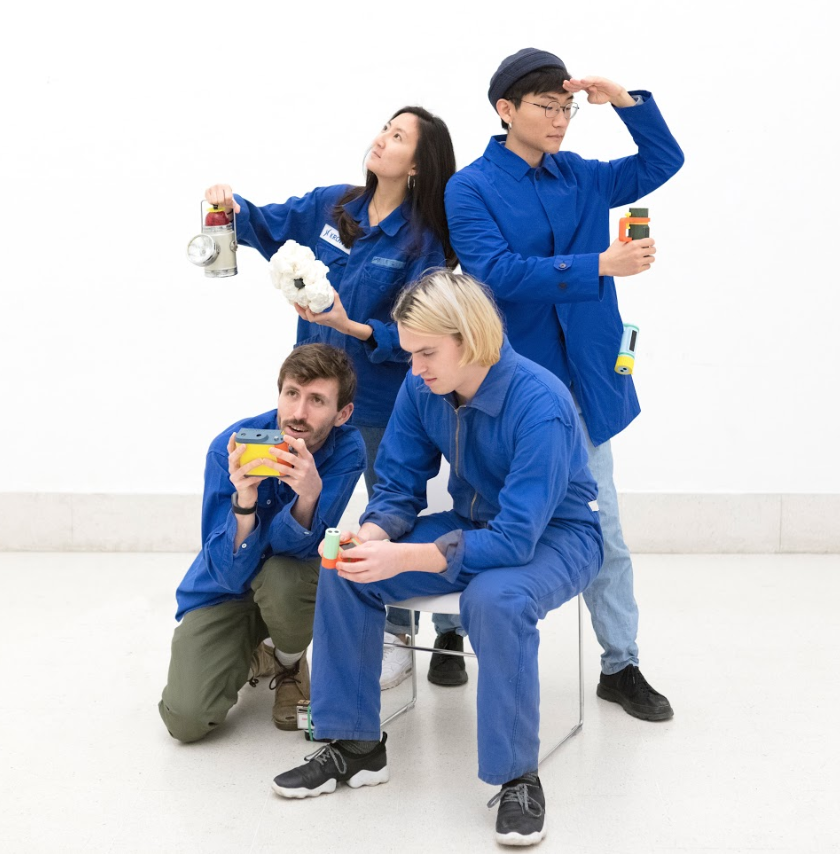
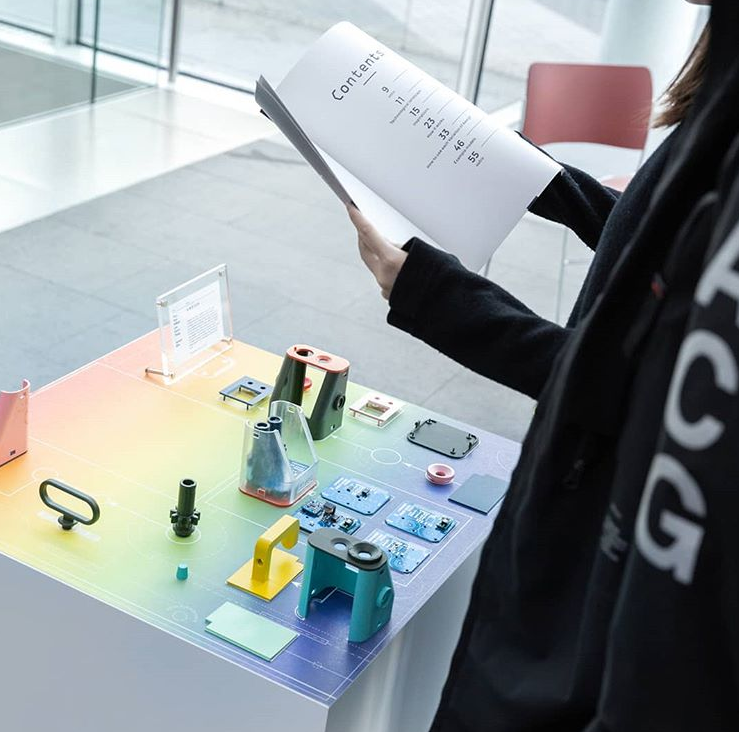
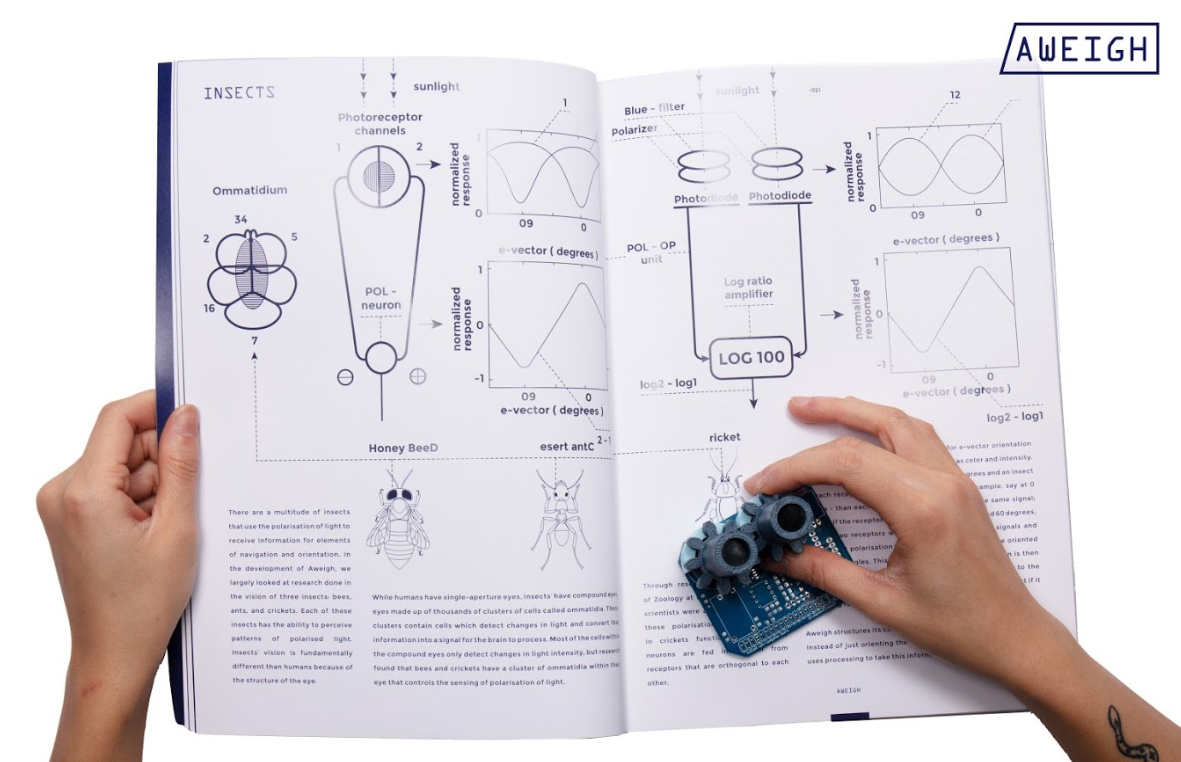
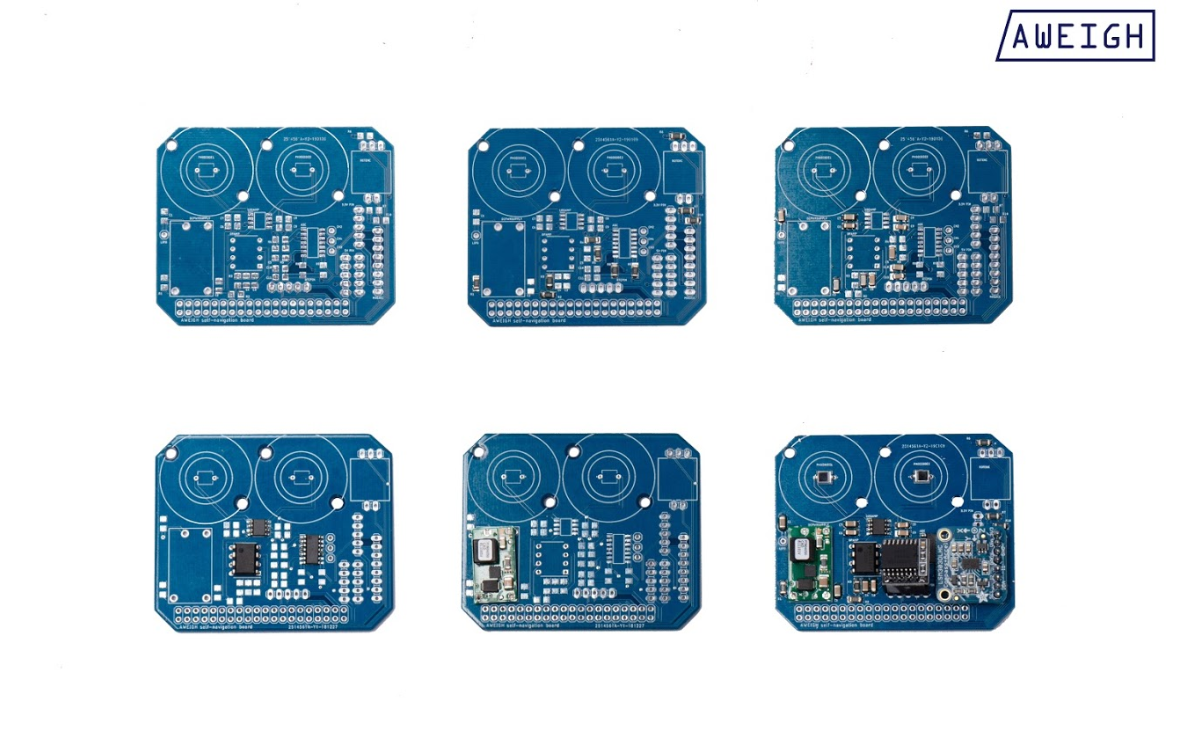


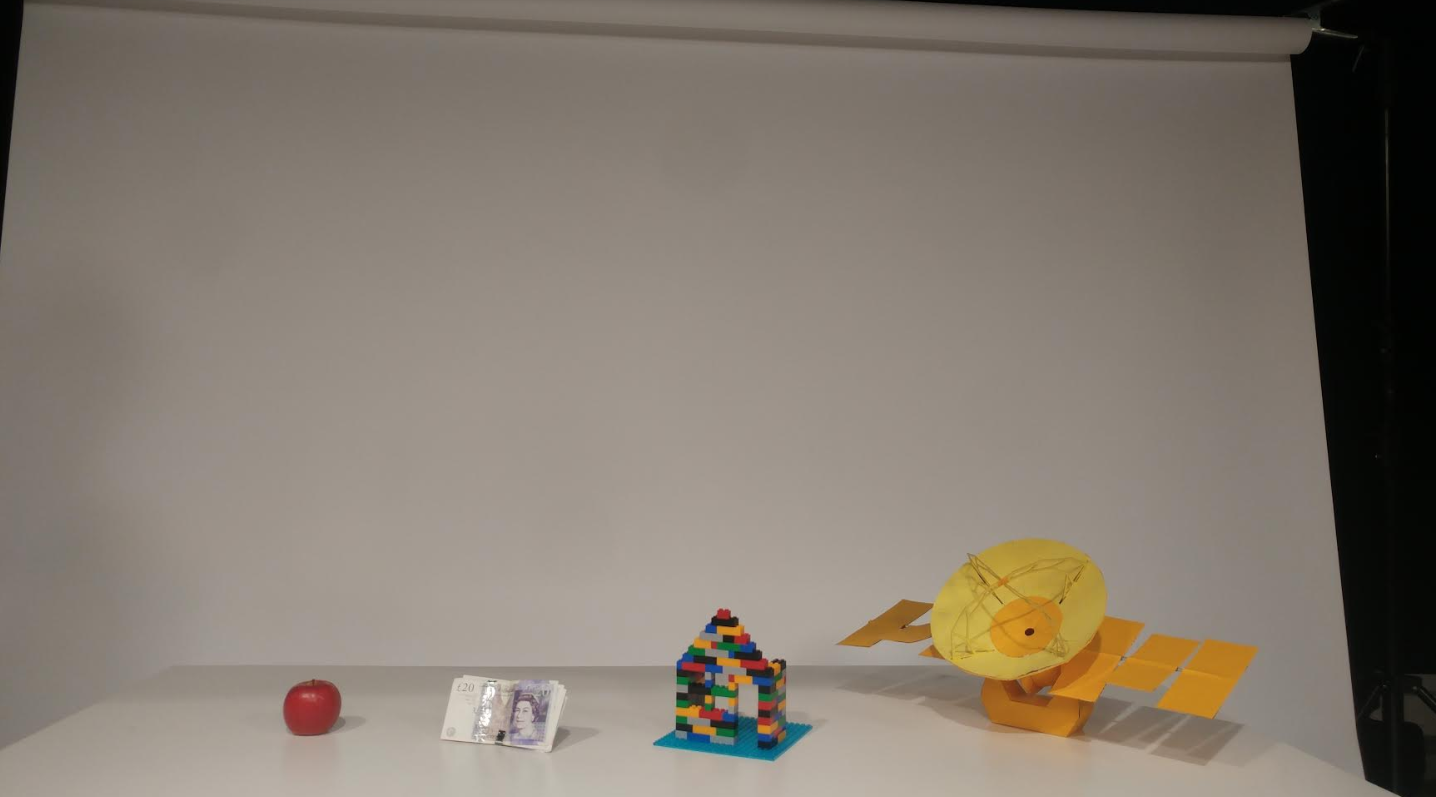
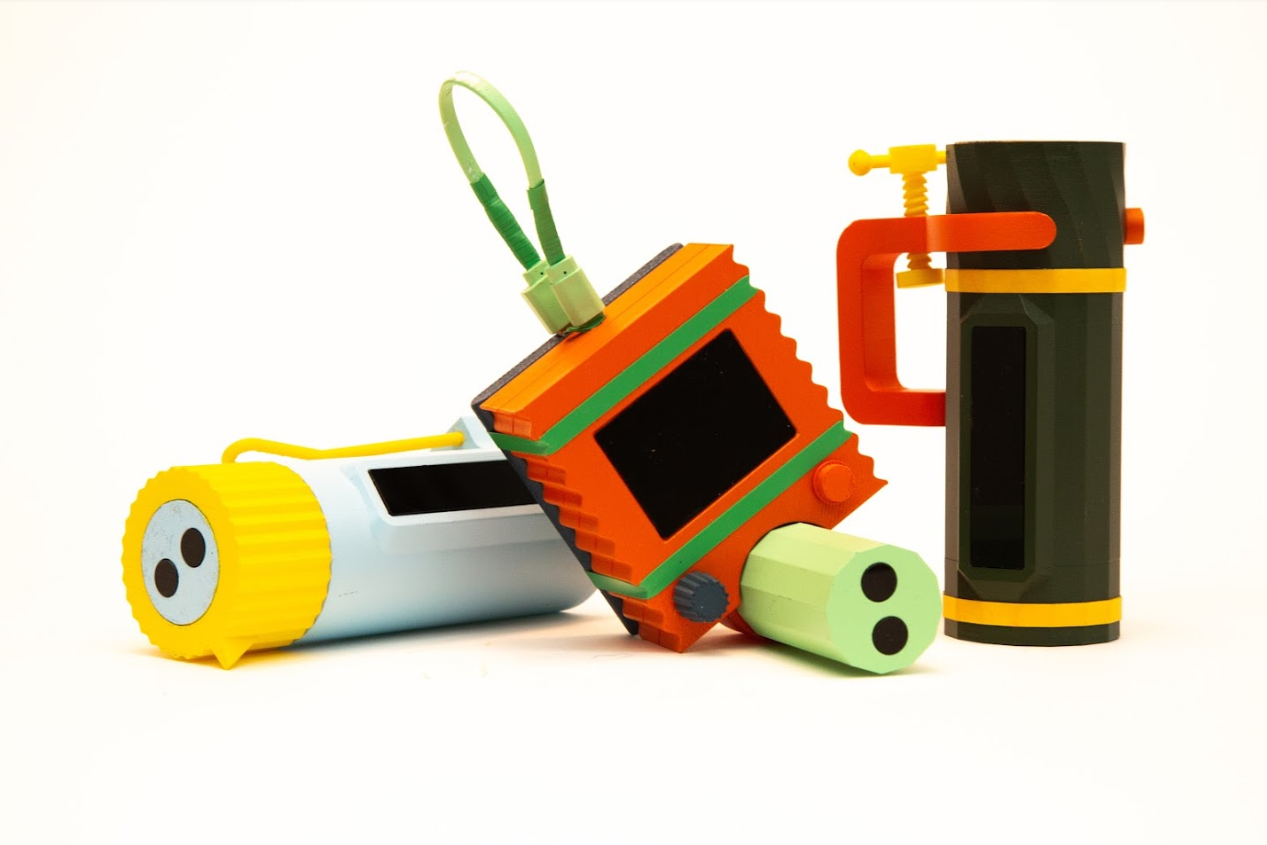
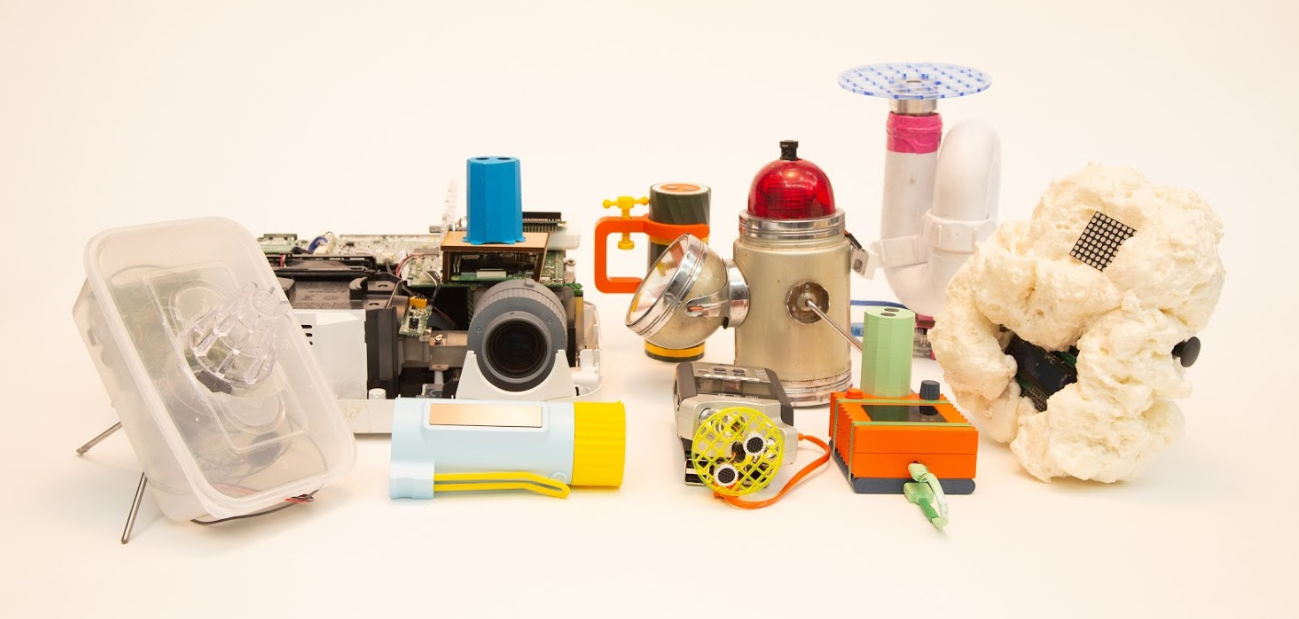
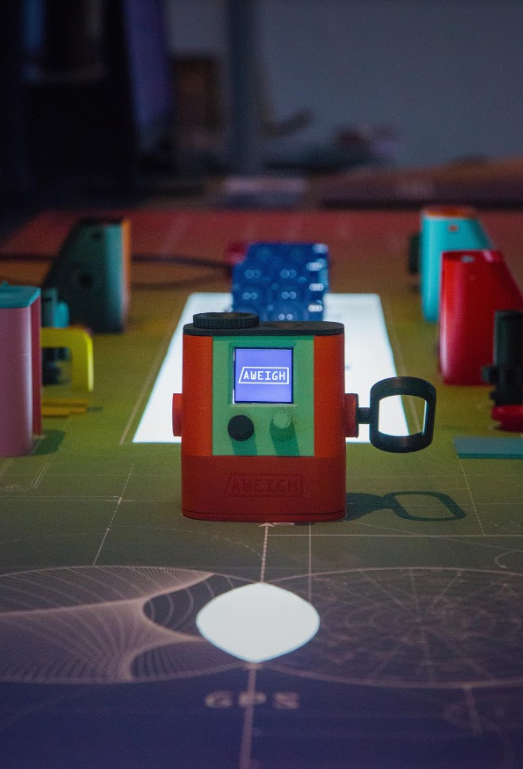
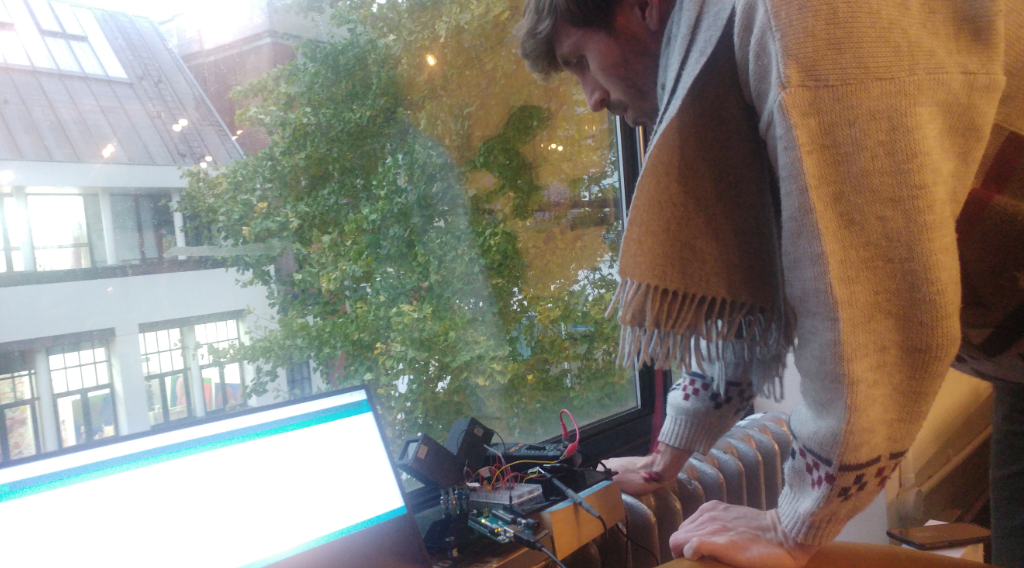
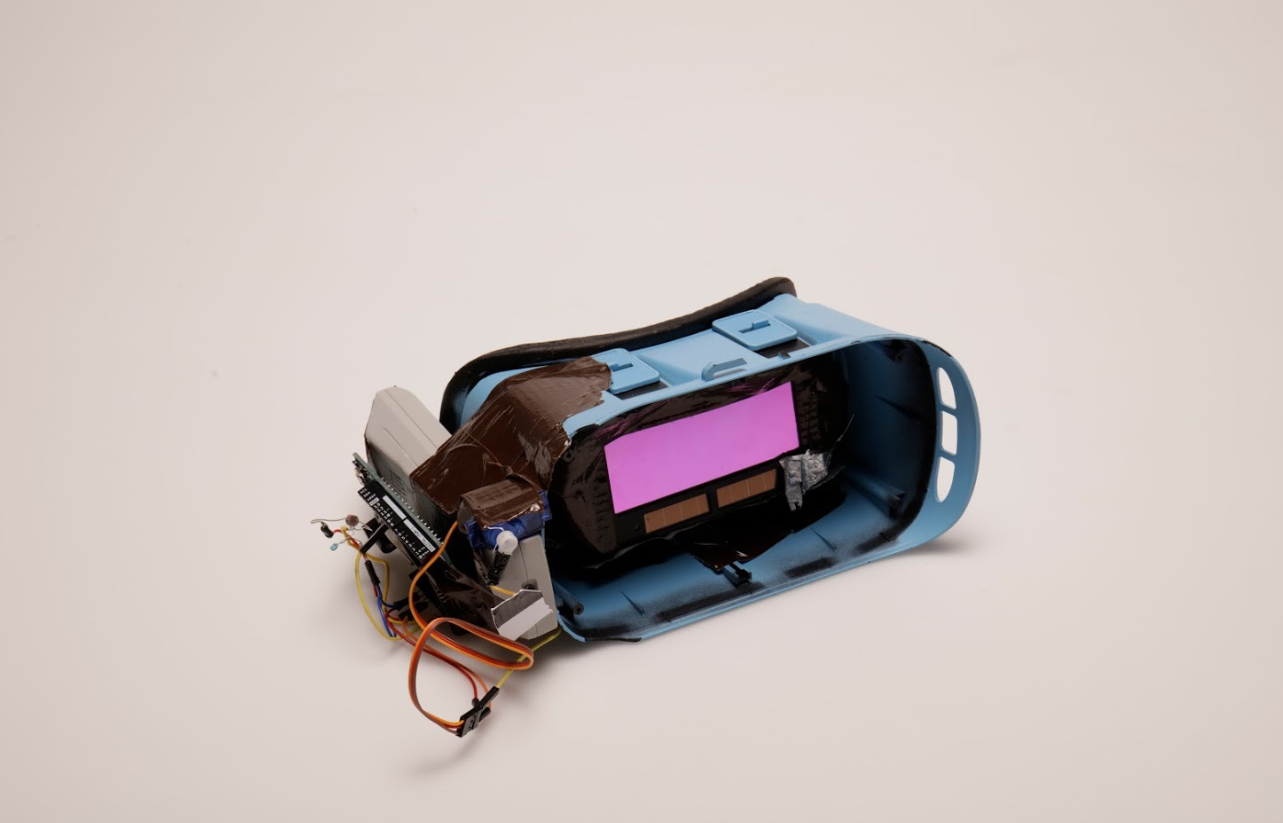
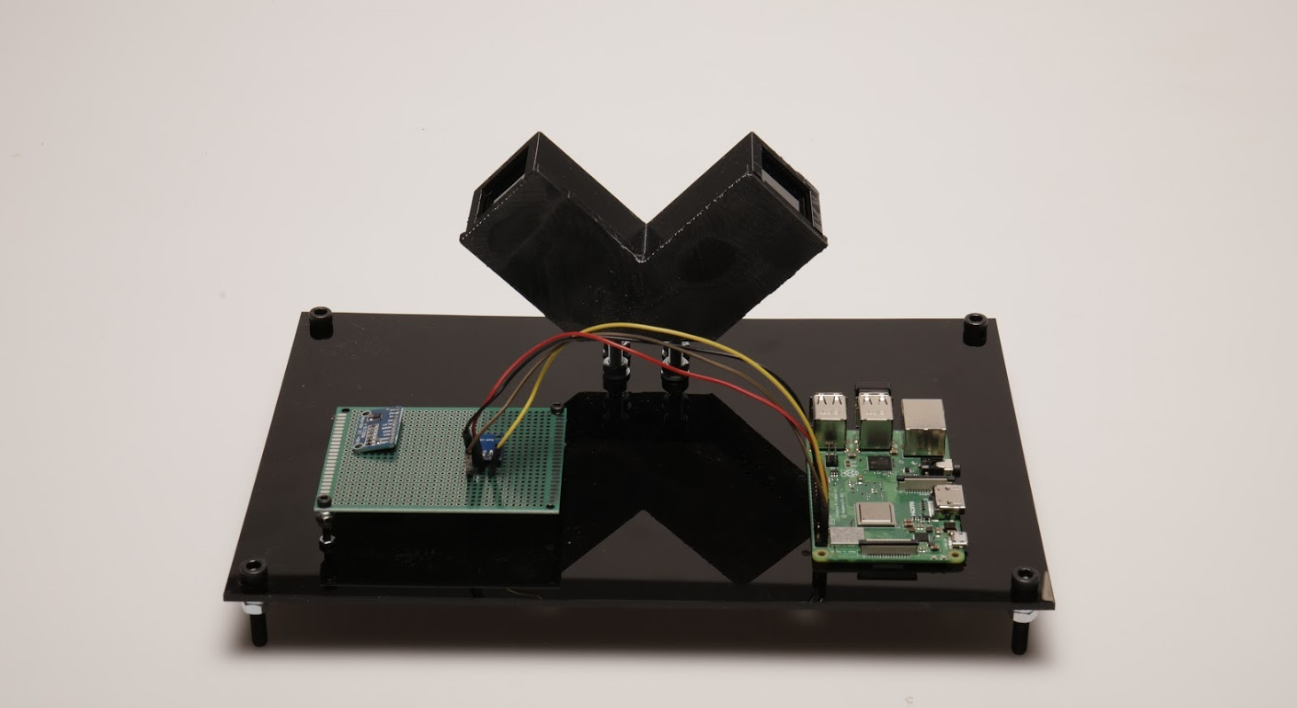
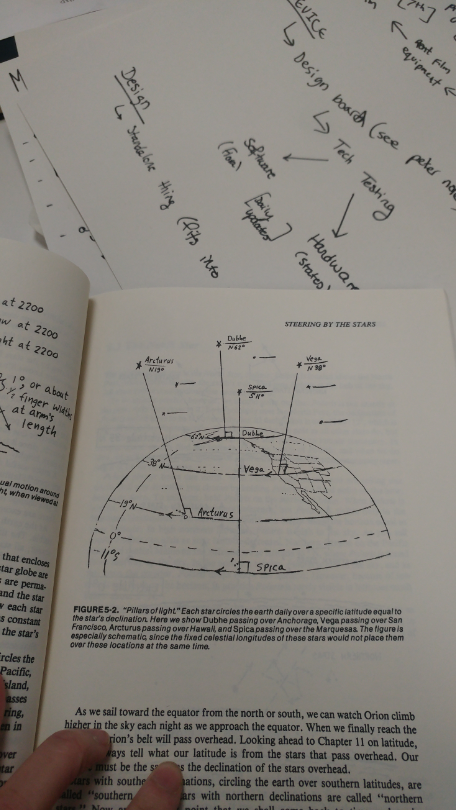
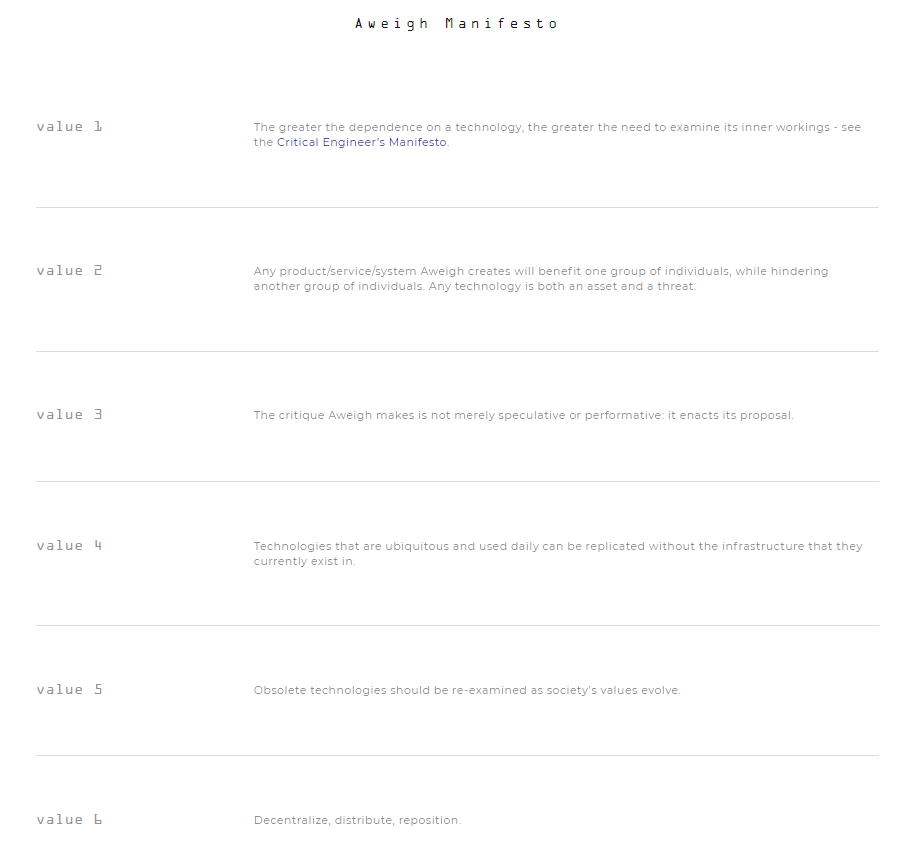

How much of the team is still intact and what are the future? I'm looking for disruption tolerant and non proprietary for a device to connect Stateless persons and others that need theri humans rights protected to the information society so they can get the training and community they need. Do All I need to do is get $1000000 or do I need to find new people, which is harder because you need to understand the field to be able to tell if someone is qualified to work in it.